How to grow beetroot: practical tips for growing this tasty root vegetable
Want to know how to grow beetroot in your garden? Our simple step-by-step guide has all the advice you need

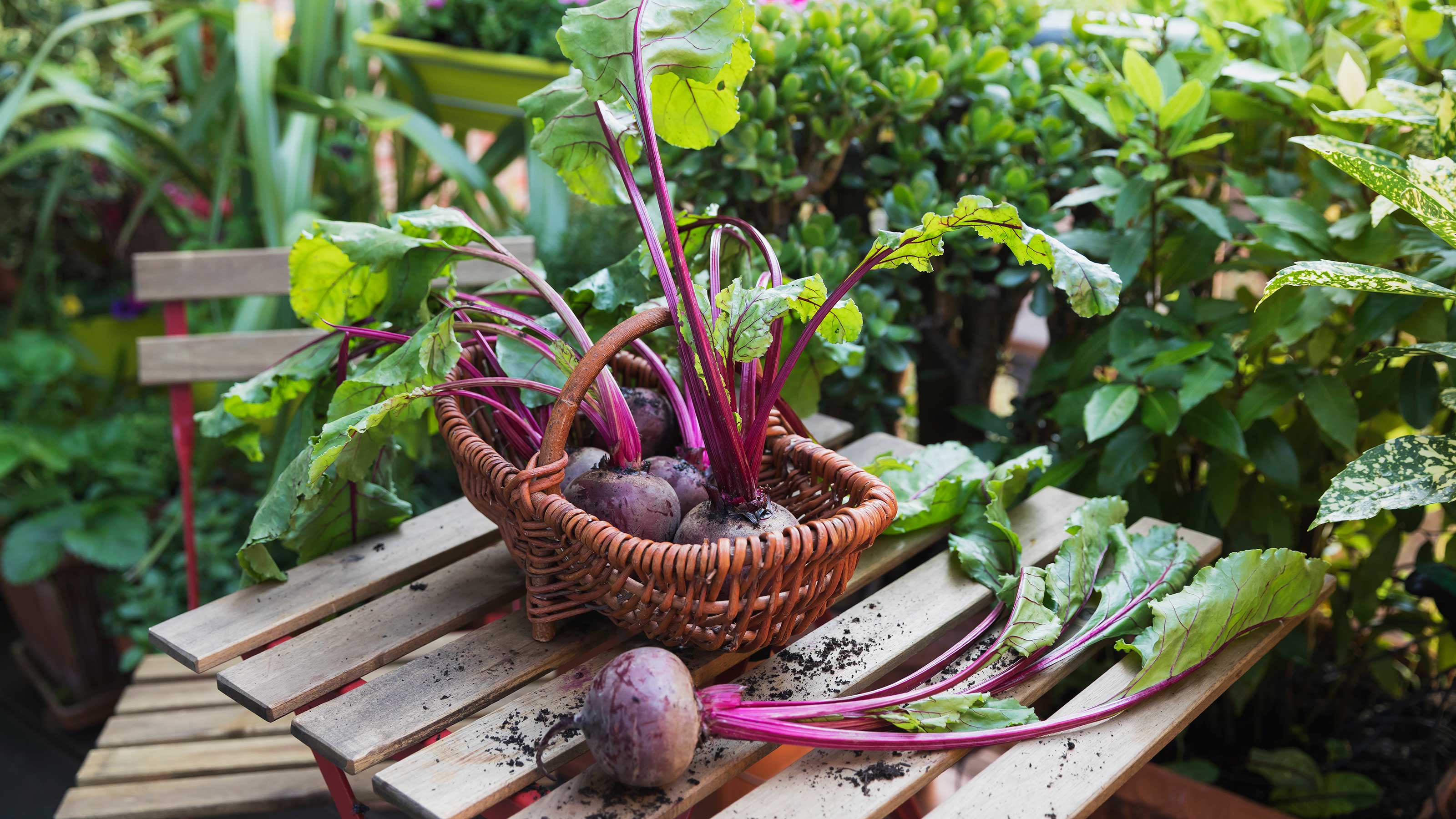
Discover how to grow beetroot and you can enjoy a bumper harvest of veg ready for pickling and roasting. From deep red globes to candy-striped and golden yellow roots, there are so many varieties to try that will instantly liven up your dishes. Don't forget to eat the leaves too, which can be used in salads when young or wilted and used in place of spinach when they're more mature.
Beetroot can be sown between March and July, and will be ready for harvesting between June and October. They store well in a cool, dry place, so you can enjoy fresh, homegrown beetroots for more than half the year. And if you don't have a lot of space, then beetroots can be grown successfully in containers too – just remember to keep on top of watering.
So, if you're looking for a top crop to grow for your raised garden bed ideas, then you've come to the right place. We've put together a step-by-step guide on how to grow beetroot below. Plus, you'll find plenty of extra tips and advice too, from how long it'll take to grow, to the common problems and how to avoid them.
How to grow beetroot: a step-by-step guide
- Dig some well-rotted manure and general purpose fertilizer into the soil and remove any large stones before sowing. Fruit and veg expert Lucy Chamberlain for Amateur Gardening also notes that acidic soil can lead to poor results, so if necessary, add lime to balance out the pH.
- Check your seed packet to see when the variety you've chosen should be sown. Early varieties, which are planted in March, need to be placed under cloches to protect them. Alternatively, start them off indoors, ready to be planted out in April.
- Plant other varieties fortnightly between the middle of April and July for a steady supply of tasty roots. Plant them 1cm (just less than half an inch) deep and 10cm (4in) apart, with a 30cm (12in) gap between rows.
- When seedlings reach 2.5cm (1in), thin them out so there's only one seedling in a 10cm radius.
- Keep the area weed-free – our guide on how to get rid of weeds has lots of useful tips.
- Frequent spells of light watering can result in vigorous top growth, but don't be fooled – it can also lead to smaller roots. Instead, irrigate the rows every fortnight, as Lucy suggests.
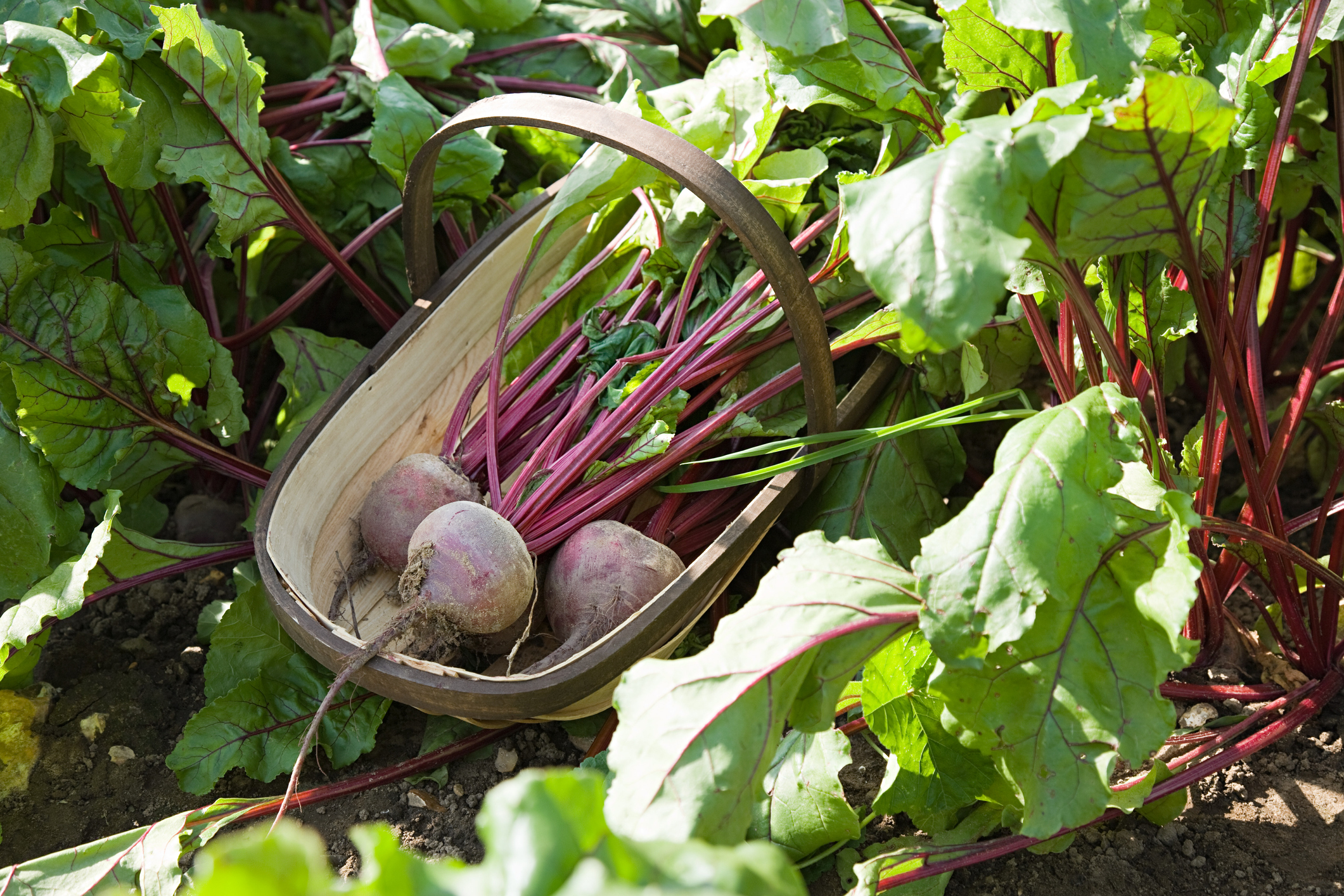
How long do beetroots take to grow?
Once temperatures have warmed up to 64ºF (18ºC) you can expect to see emergence quickly, as says Lucy Chamberlain for Amateur Gardening. It will then take around 12 weeks for the roots to mature.
The longer, more cylindrical varieties can take up to 20 weeks.
Top tip: If your first sown batch of seeds has poor emergence, try soaking the next lot in tepid water for an hour before planting, says Lucy.
- Want to add more root veg to your kitchen garden? We've got plenty of advice on how to grow carrots and how to grow potatoes, too.
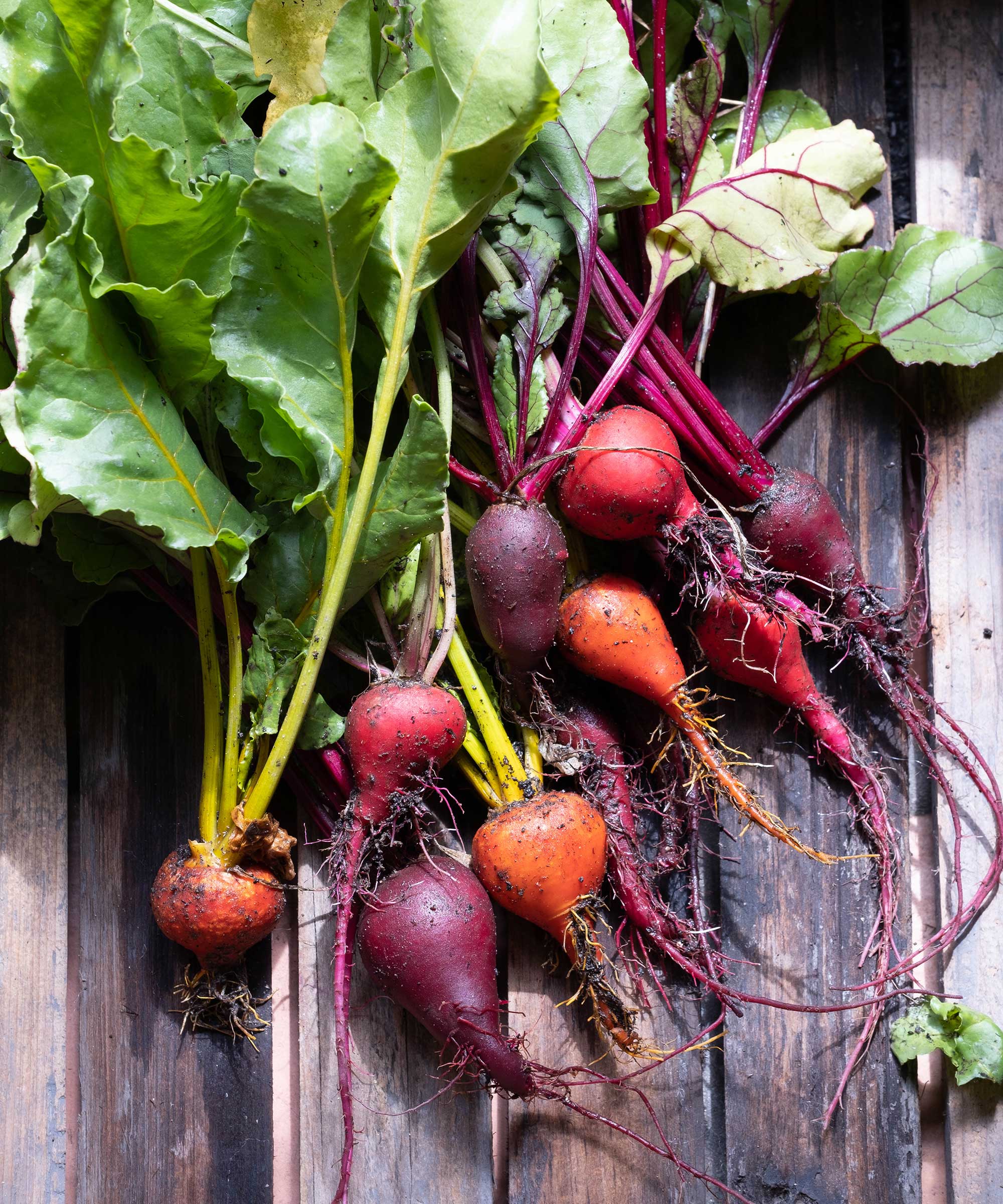
Do beets need a lot of sun to grow?
Although they can tolerate partial shade, beets do best when planted in an open spot with at least six hours a day of full sun.
Shadier sites will result in smaller roots. However, for kitchen gardens with these conditions, some people choose to focus on growing the foliage of beetroots instead. This will grow well with less sun and can be cooked similarly to Swiss chard or spinach.
What are the common problems when growing beetroot?
According to the RHS, the biggest issue when growing beetroot is bolting, which is where plants flower or set seed prematurely.
This is especially common with early sowings. To avoid it from happening to your crop, make any early sowings indoors ready to be planted out when the weather warms up a bit, or protect outdoor early sowings with cloches, as mentioned above. It's also a good idea to pick bolt-resistant types such as 'Boltardy'.
If your beetroot harvest is spindly and lacklustre, then it could be a sign that you're not thinning out the seedlings enough – a common mistake. Be sure to give them enough space so that the roots can grow nice and big.
Aphids can also be a pain as will feed on the sap of your plants and stunt leaf and root growth. Our guide on how to get rid of aphids will help to keep them at bay.
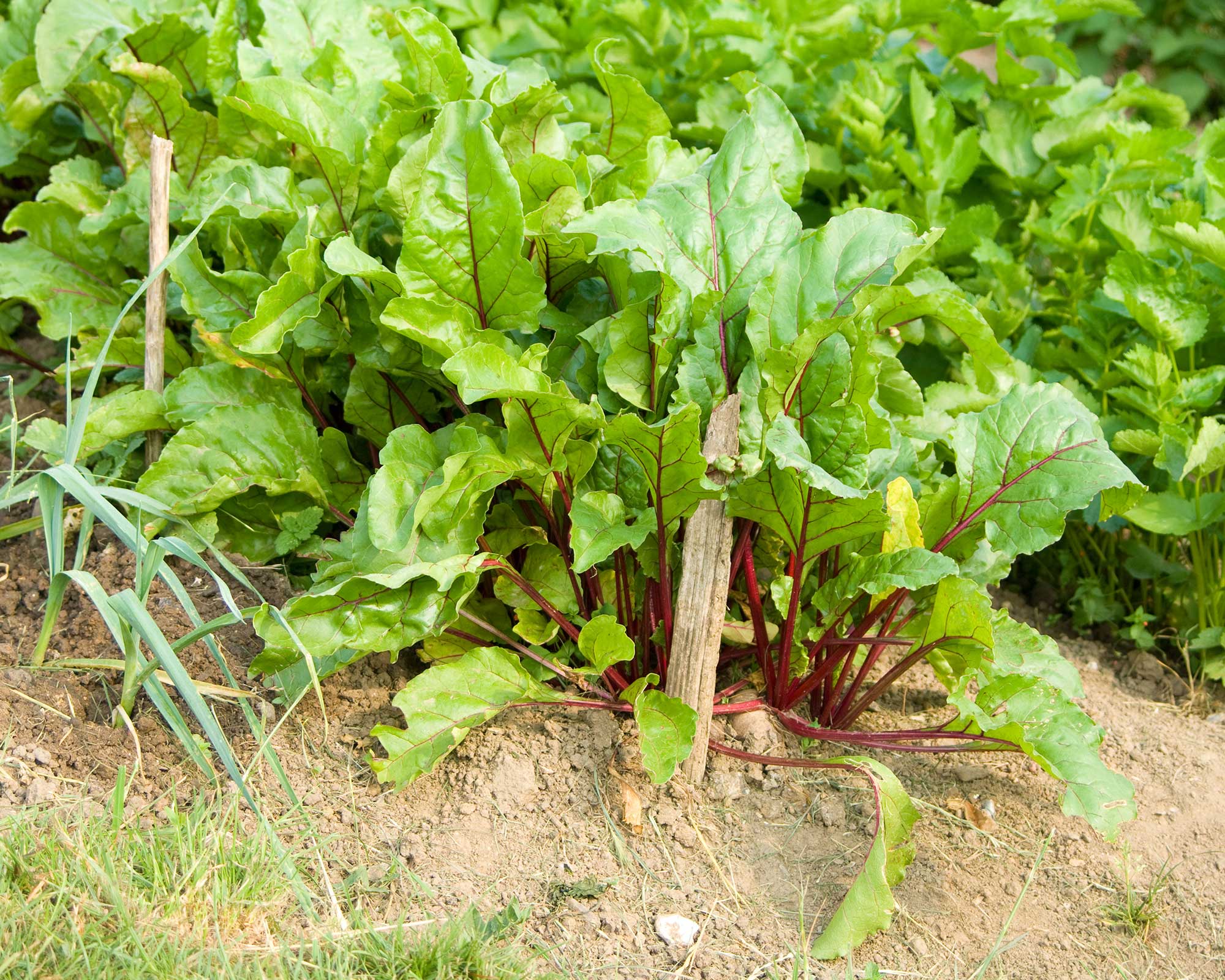
How to harvest beetroot: what to do when it's ready to be picked
You'll know when your beetroot is ready for harvesting as you'll be able to see the 'shoulders' of the roots growing up and out of the soil.
But, do check the packet of your chosen variety for the time recommended between sowing and harvest. Some can be picked at golf ball size as 'baby beets', whilst others can stay in the ground until they're much larger. Be careful not to leave them in the soil for too long though, or they can turn woody and tasteless.
Harvesting beetroot is simple:
- Gather the foliage in one hand.
- Gently pull the leaves away from the soil whilst levering the root upwards with a hand fork, being careful not to slice through it.
- Twist off the foliage and store it in the fridge to be used for salads or cooking. The roots themselves can be washed straightaway if being used immediately. If you're saving them for cooking at a later date, keep them somewhere dry and cool and leave any excess soil on. Brush this off and wash them just before using.
You can find more top tips on when to harvest vegetables in our dedicated guide.
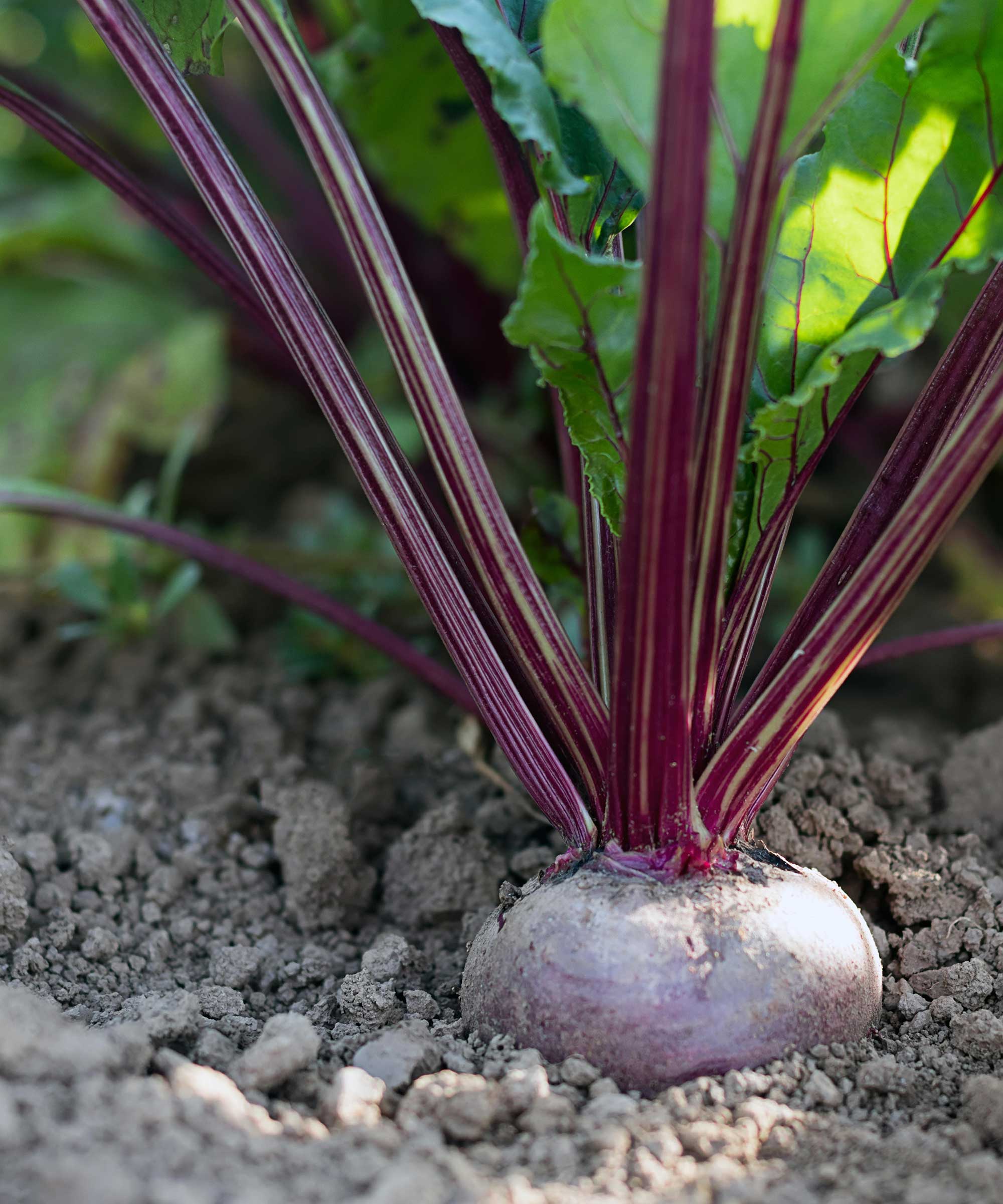
How can you store beetroots?
Your final batch of sowings should be harvested by mid-October. They can then be kept in storage for many months – Lucy Chamberlain has had crops that have lasted right the way through winter up until May.
To do so, twist off any foliage, then place the roots in a box of damp sand. Store the boxes in a cool, rodent-free shed. Check over them from time to time and remove any beetroots that show signs of rot – just one vegetable gone bad can impact the rest of the crop.
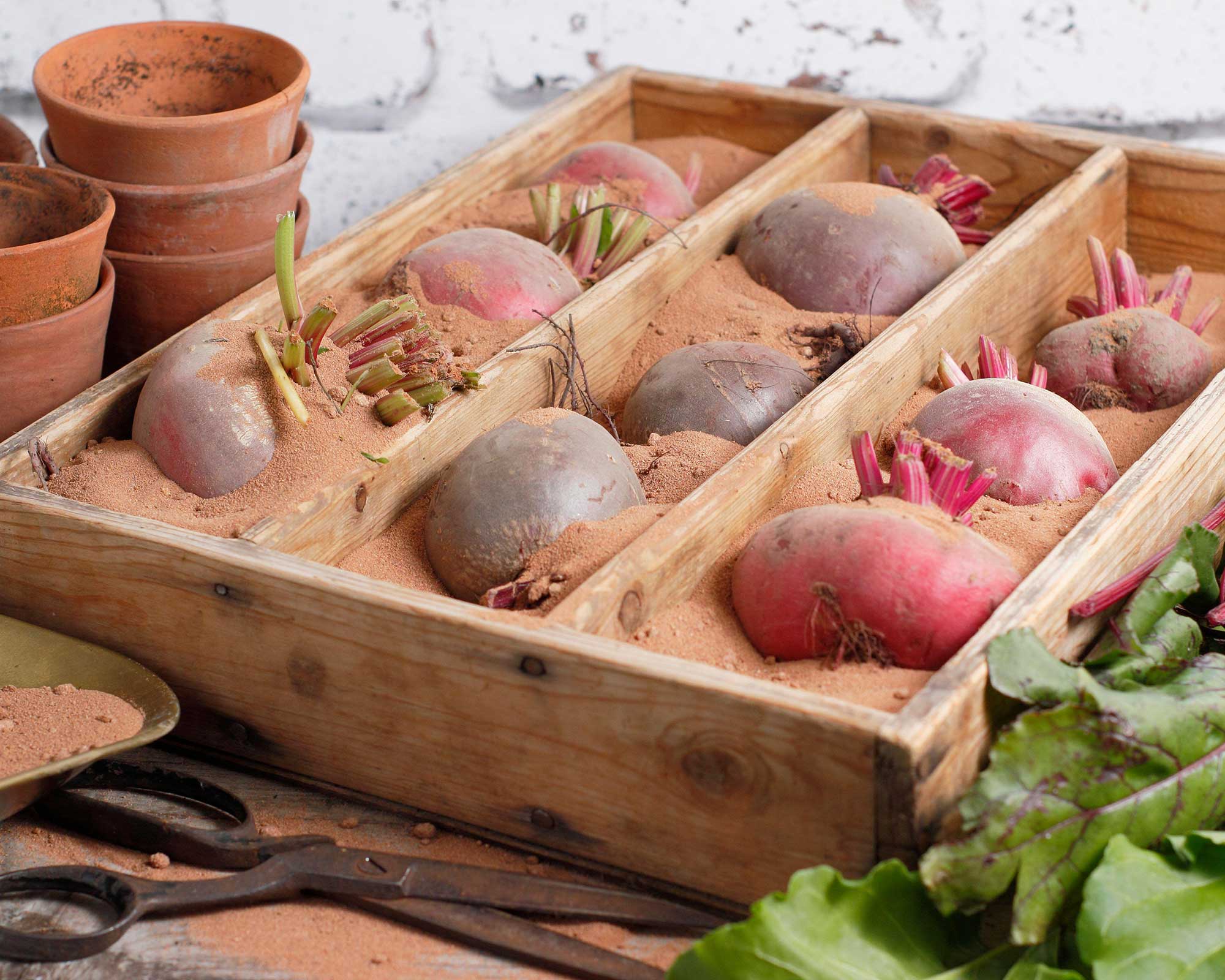
Where to buy beetroot seeds
If you're eager to get your hands on some seeds now you've learned how to grow beetroot, then our quick links below will make your life easier.
Where to buy beetroot seeds in the UK:
- Shop beetroot seeds at Amazon
- Shop beetroot seeds at Dobies
- Shop beetroot seeds at Suttons
- Shop beetroot seeds at Thompson & Morgan
Where to buy beetroot seeds in the US:
- Shop beetroot seeds at Amazon
- Shop beetroot seeds at Burpee
- Shop beetroot seeds at The Home Depot
- Shop beetroot seeds at Walmart
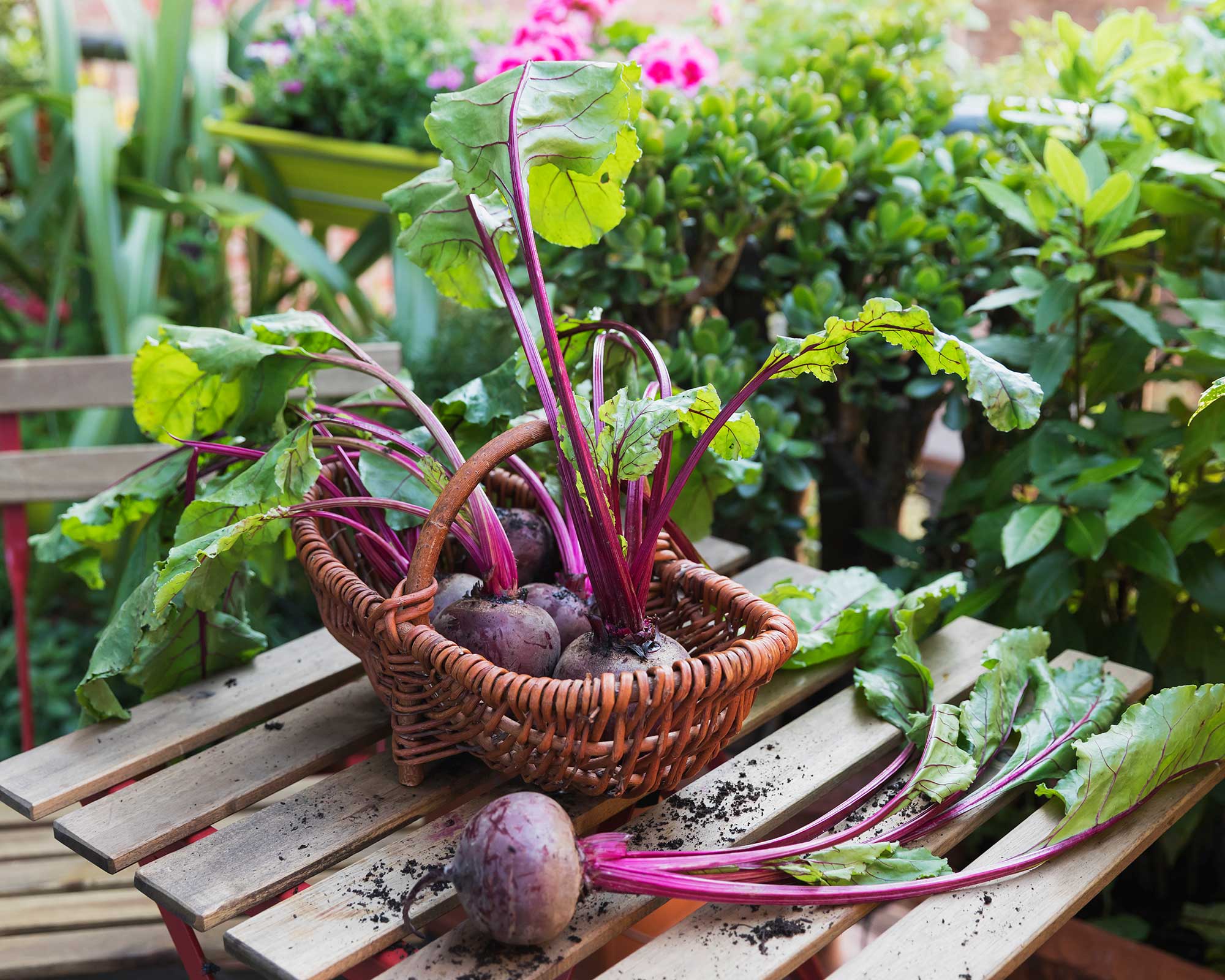
Varieties of beetroot to grow: 5 top picks
1. 'Chioggia'
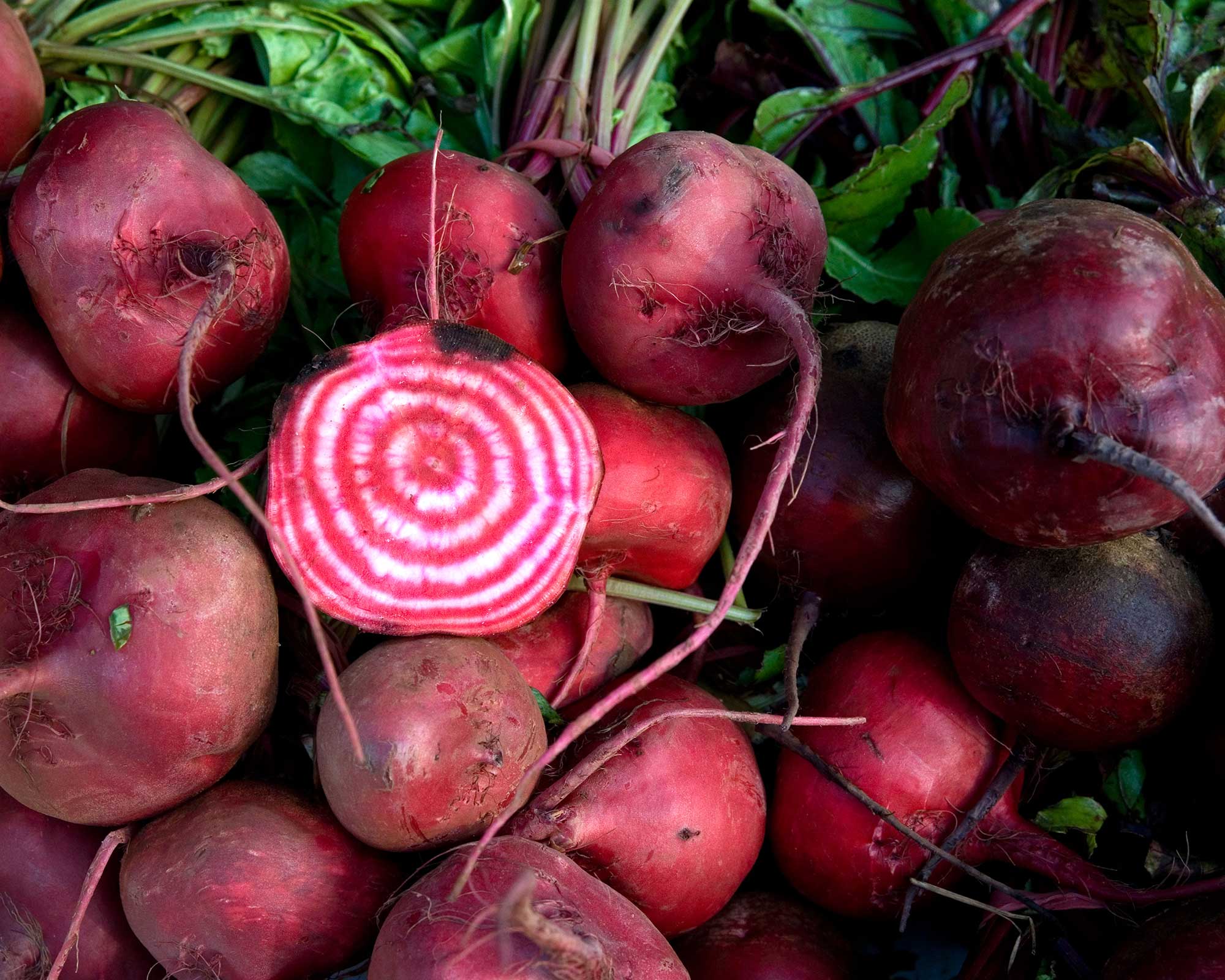
This variety is 'well worth growing for looks alone!’ says Lucy Chamberlain of Amateur Gardening. It has spherical roots with striking red and white rings when sliced, which makes it an incredibly attractive addition to salads.
What's more, it performs well, won't stain your fingers as much as other varieties, and has a slightly sweeter taste than standard red beets.
2. 'Cheltenham Green Top'
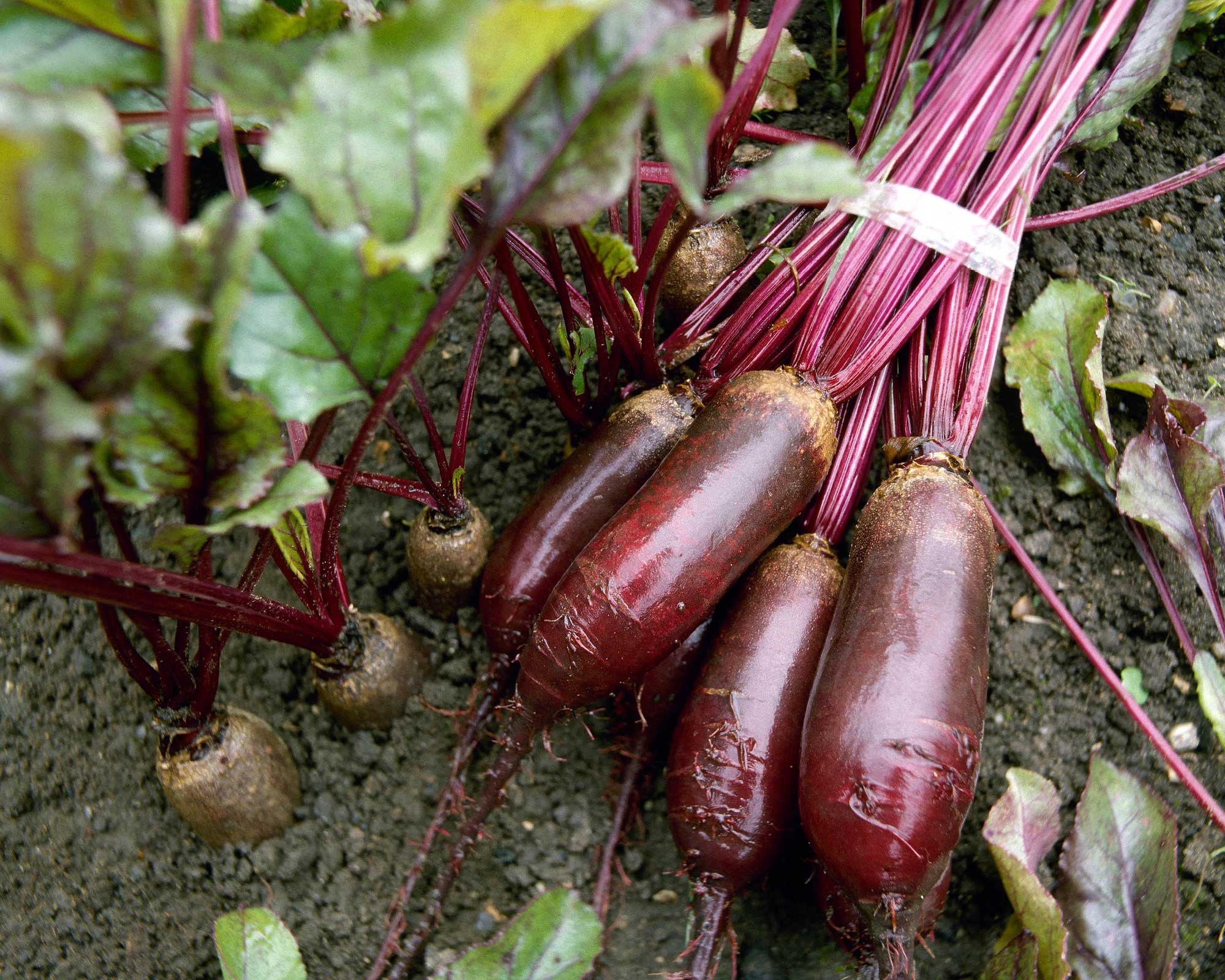
This variety has long roots, a deep pink color, and is easy to grow. It also stores well and has a tasty flavor.
- Looking for more of the best vegetables to grow in raised beds? Our guide is full of inspiration.
3. 'Boltardy'
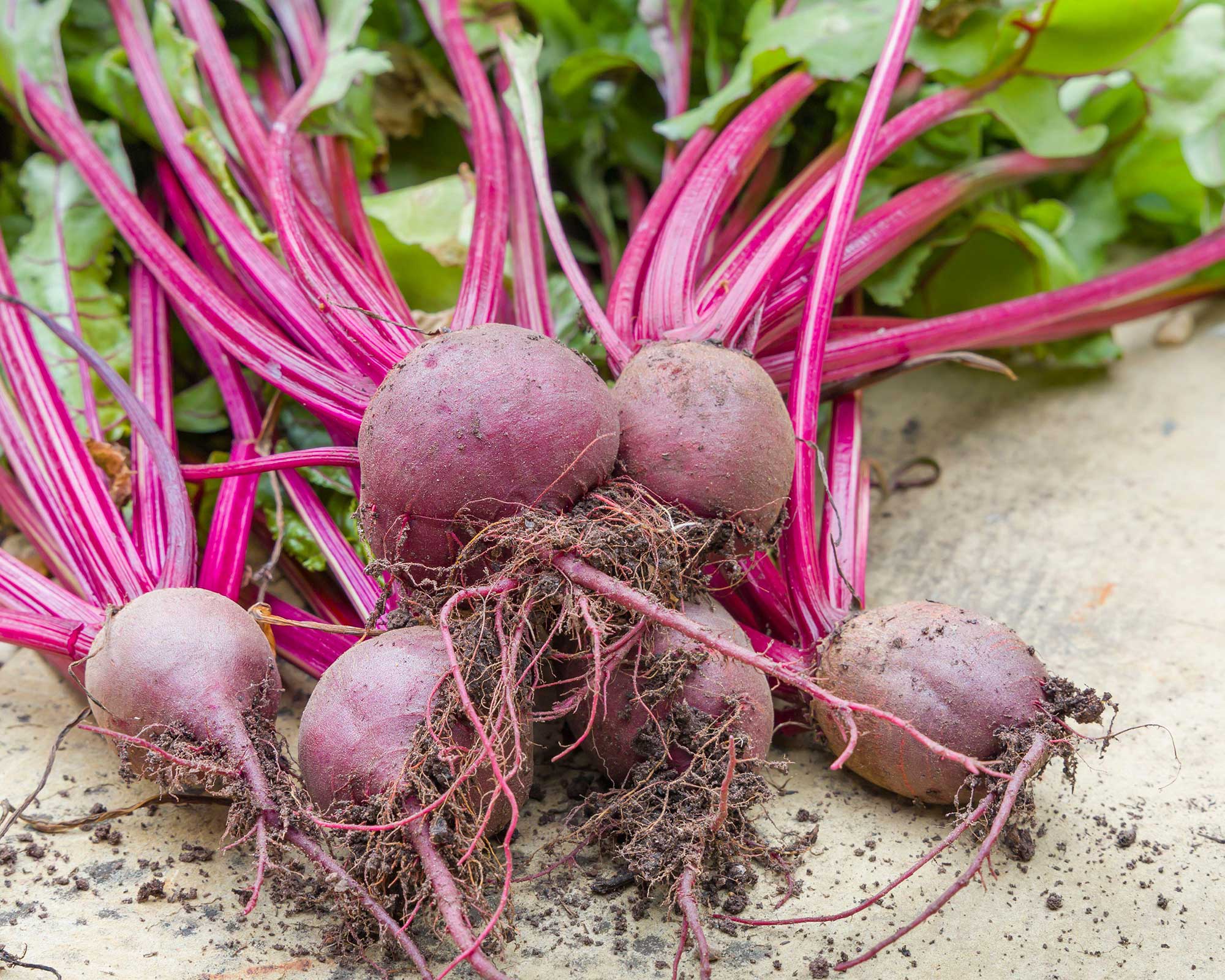
'Boltardy' is a delicious early variety that is resistant to bolting, but can be sown right up until July.
It produces deep red globes with a superbly sweet flavor. It's no surprise that it's such a popular pick amongst veg-growers.
4. 'White Detroit'
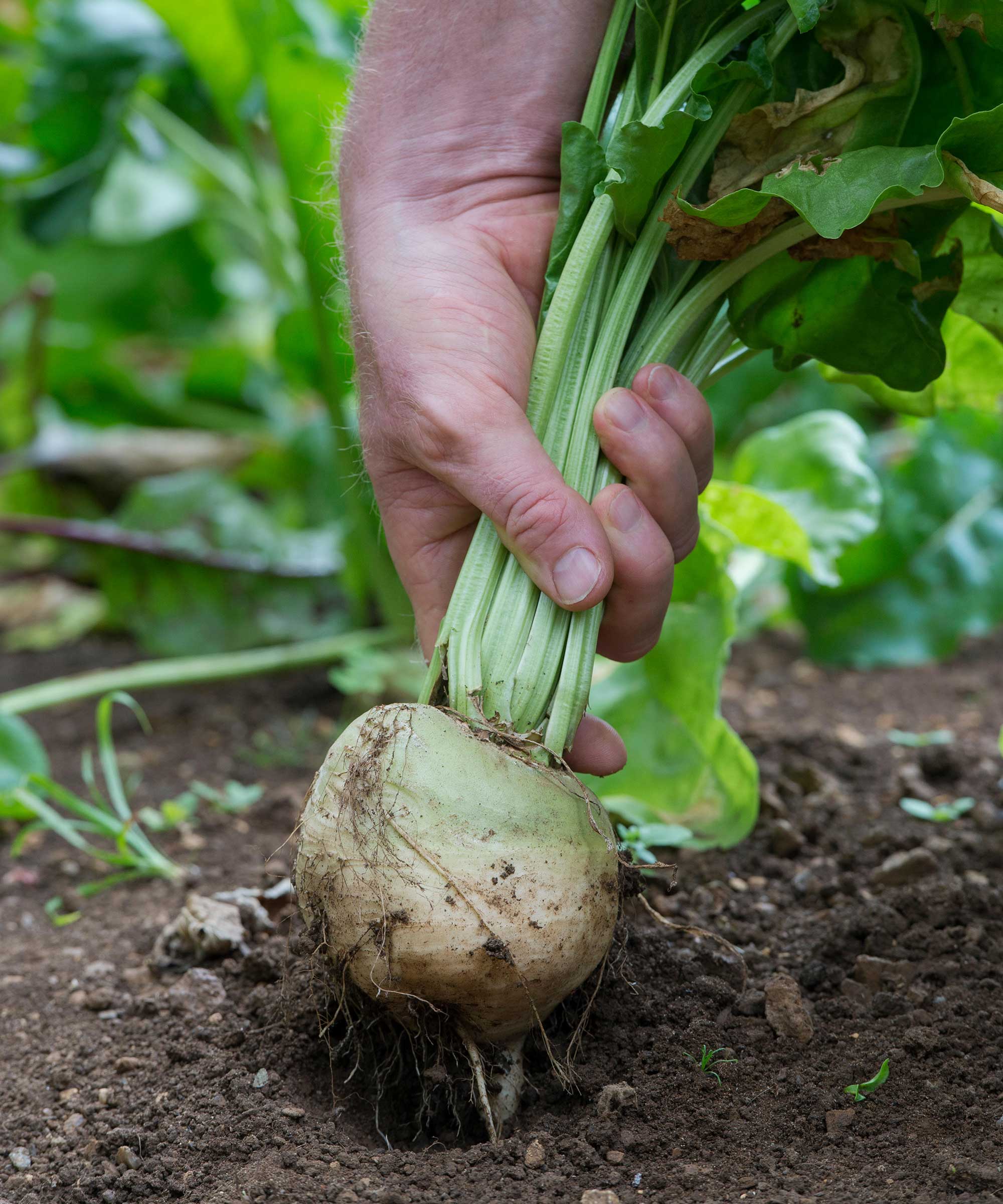
If you are wary of staining the worktops in your indoor or outdoor kitchen, then opting for a white beet like this one might be a sensible solution.
Offering globe-shaped veggies with a smooth skin, these are as easy to grow as any other type of beetroot. And the lack of vibrancy doesn't result in a lack of flavor – 'White Detroit' still offers a deliciously sweet and earthy taste.
5. 'Boldor'
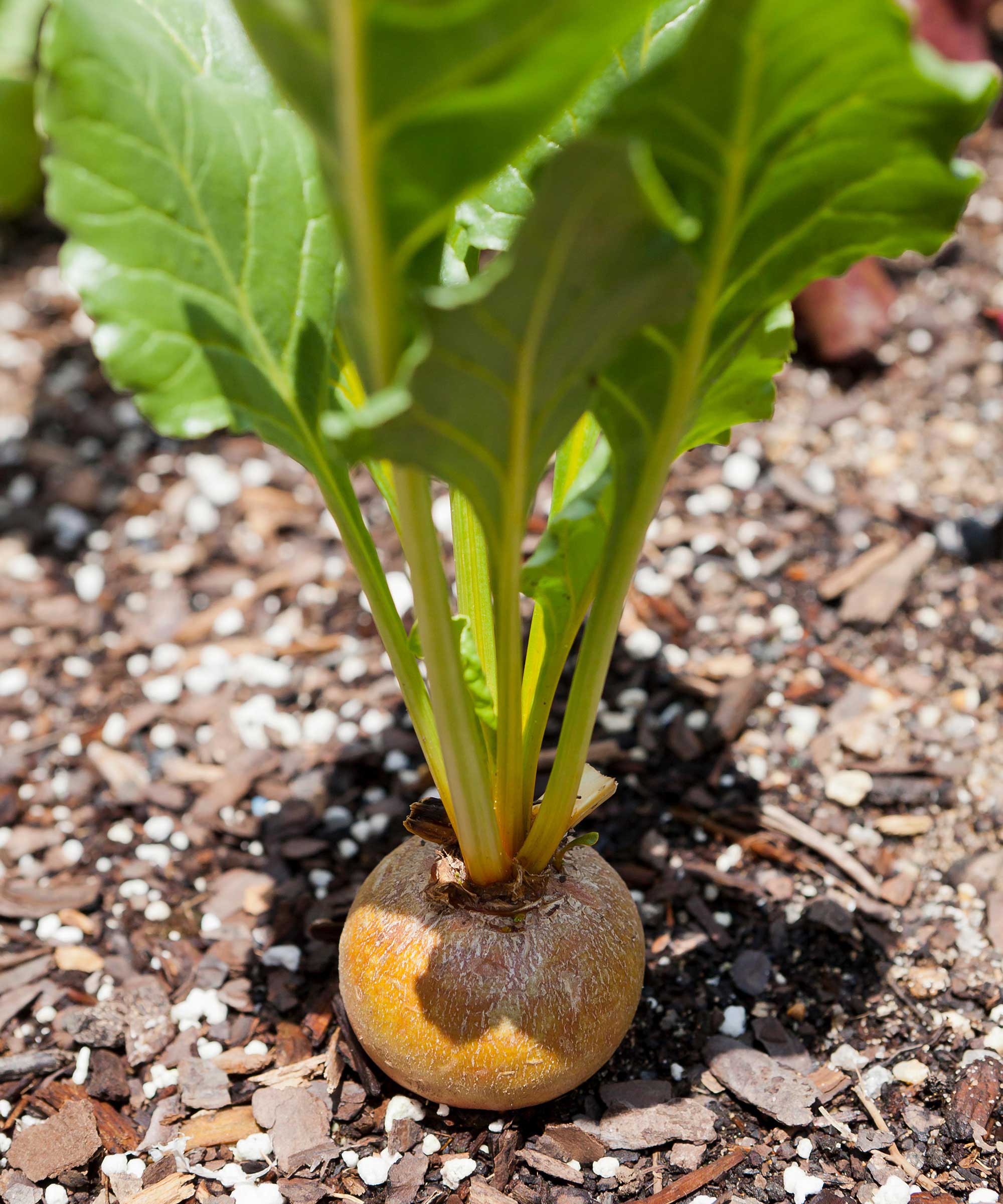
This globe-shaped beet is fast to germinate and will bulk up quickly too, which means it's great for filling gaps in your raised beds. It also has an exceptionally sweet flavor.
Plus, its orange skin and deep golden centers make it a delightfully vibrant addition to any meal.
Laura has been writing about homes and gardens for 17 years. She joined Real Homes magazine in 2015 as Deputy Editor and then become Editor before taking on her current position as Content Director for brands including Country Homes & Interiors, 25 Beautiful Homes, Period Living and Style at Home. She's currently redesigning the garden of her 1960s home in Worcestershire and will eventually reinstate the swimming pool that's currently filled with mud! Outside of homes, she's a TV presenter for QVC.

